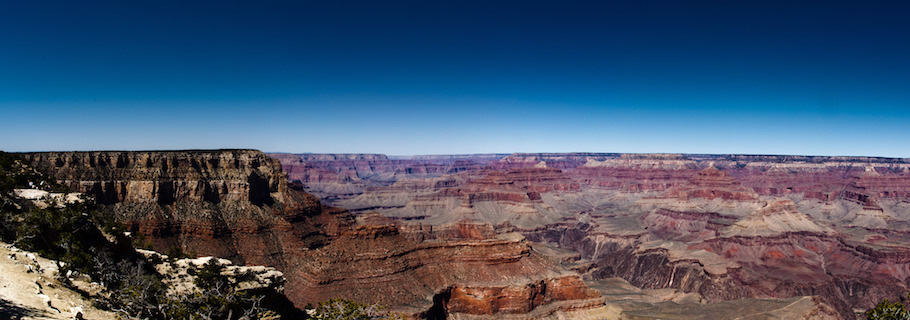When it comes to the age of the universe, Christians find themselves in a bit of a conundrum. At least, those Christians do who hold to a traditional interpretation of the first two chapters of Genesis—an interpretation that leads them to believe the universe is something less than the billions of years indicated by contemporary understandings of the scientific data. Those, like me, who hold to a six-day understanding of creation have to face this question: Why does the universe look so old? Why does it look older than it actually is? This is a question Dr. Albert Mohler took on at a Ligonier Ministries conference several years ago and his response was (and remains) helpful to me.
Before I comment on his answer, I want to point out that all Christians, no matter their interpretation of the opening chapters of Scripture, have difficult questions to face as they attempt to strike harmony between Scripture and science or, better, between God’s book of special revelation and God’s book of natural revelation. Those who believe the universe is ancient have to grapple with the existence of death before the fall, for example, or why the creation account is so clearly laid out as if it all takes place in six literal days. It is not only young earth creationists who have to admit the existence of difficult questions.
As Dr. Mohler considers the age of the universe he tells why he is drawn to the six-day view: “In our effort to be most faithful to the scriptures and most accountable to the grand narrative of the gospel, an understanding of creation in terms of 24-hour calendar days and a young earth entails far fewer complications, far fewer theological problems, and actually is the most straightforward and uncomplicated reading of the text as we come to understand God telling us how the universe came to be and what it means and why it matters.”
The universe looks old because the Creator made it whole
But why, then, if the universe is so young, does it look so old? His first answer is this: The universe looks old because the Creator made it whole. Accordingly to a literal interpretation of Genesis 1 and 2, God did not create a universe that began in an infant or primordial state before maturing over billions of years, but a universe that actually began in a state of maturity. When it was still young it already looked mature because this was God’s design. Indeed, this was the case with the first human being. “When he made Adam, Adam was not a fetus; Adam was a man; he had the appearance of a man. By our understanding that would’ve required time for Adam to get old but not by the sovereign creative power of God.” Adam and Eve were created whole, mature, grown up, and were placed in a garden that was also whole, mature, and grown up. “The garden was not merely seeds; it was a fertile, fecund, mature garden. The Genesis account clearly claims that God creates and makes things whole.” There is our first answer, that the universe looks old because God created it to look old. This was design, not deception, just as was the case for Adam, the human being who had no history, no parents, no infancy, no childhood.
The second answer is this: The universe looks old because it bears the effects of sin. Sin is an evil intruder into the world and one that brought about God’s judgment. This judgment was expressed in the catastrophe of the great worldwide flood and in a million lesser catastrophes since. These catastrophes have marked, stained, and scarred all that God created. We bear the effects of sin in our tired eyes, wrinkled skin, and aching bones, and in equivalent ways the earth is marked and marred by sin. Paul says in Romans 8 that the world is groaning, “And in its groaning it does look old. It gives us empirical evidence of the reality of sin.” The universe looks old rather than young to display the evidence and consequences of sin, for once we see this we are but a short distance from considering the joy, necessity, and beauty of redemption. A suffering world is crying out for the deliverance that will come.
To my mind these are compelling answers, though they are admittedly somewhat speculative in that neither one can appeal directly to chapter or verse. I will give the final word to Dr. Mohler: “At the end of the day, if I’m asked the question ‘why does the universe look so old?’ I’m simply left with the reality that the universe is telling the story of the glory of God. Why does it look so old? Well that, in terms of any more elaborate answer, is known only to the Ancient of Days. And that is where we are left.”










